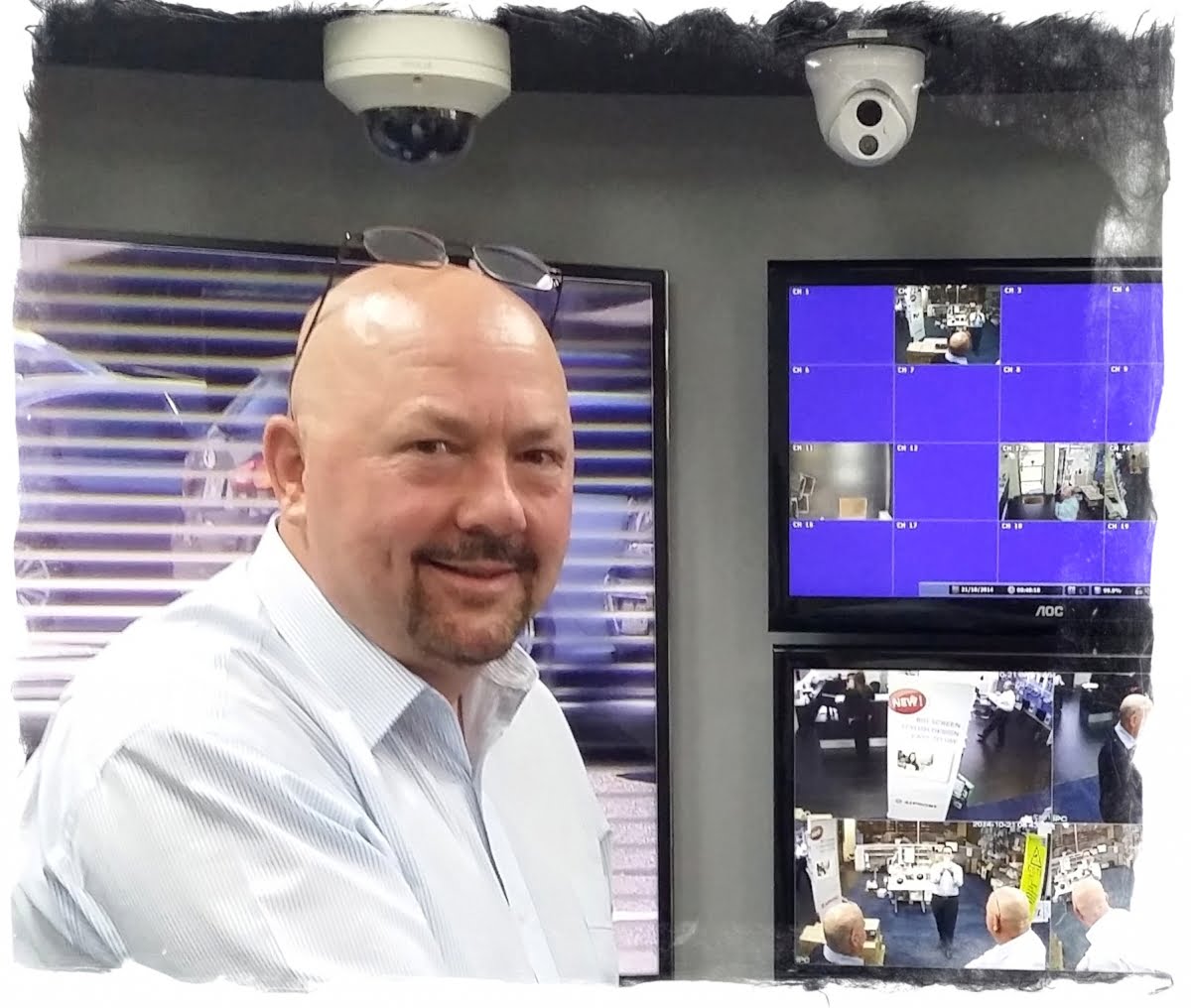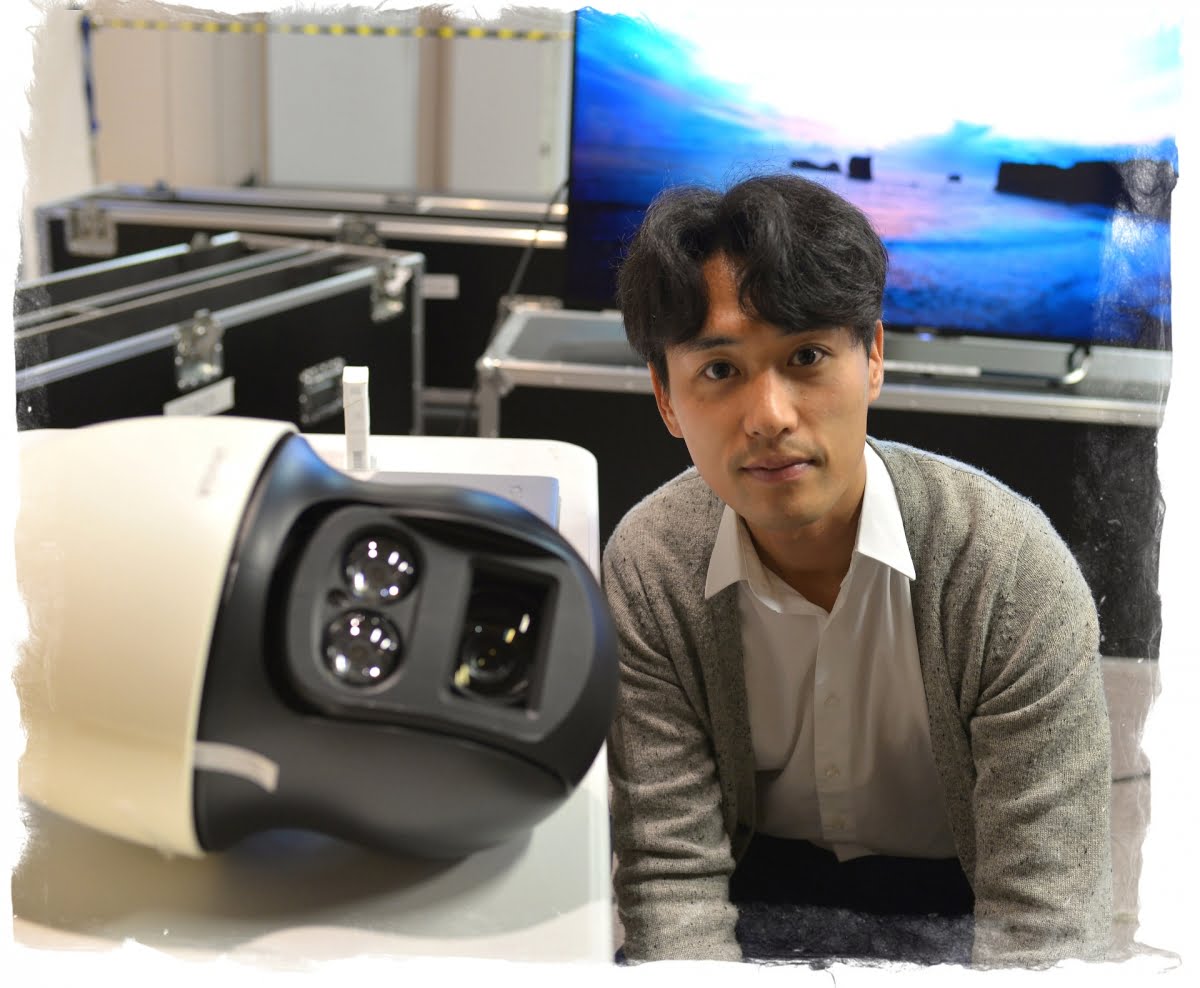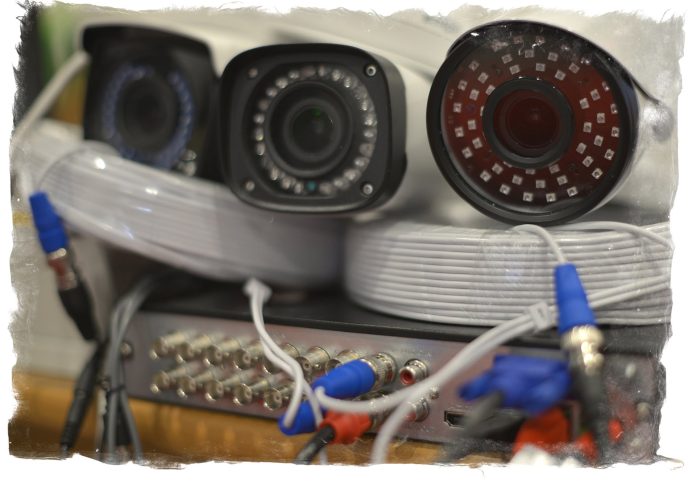Plug and play video surveillance is a kind of digital Holy Grail and an implicit recognition of the fact end-to-end analogue CCTV solutions have certain key advantages for smaller installers, including simplicity of installation, modest hardware outlays and easy operation.
CAN plug and play IP solutions match the fundamental simplicity of analogue? It’s an interesting question because there are some real variables. For PnP to match analogue it must be very inexpensive. Yet even the most basic and affordable PnP CCTV solutions – think DVR and 4 cameras – offer the end user search functionalities that traditional analogue can never match. And just to shove a broomstick through the spokes, there’s also digital analogue, which offers analogue simplicity with digital resolution offering improved searching via digital zoom.
According to David Pettigrew, national sales & marketing manager CCTV Division at Seadan Security and Electronics, DVR/NVR-based surveillance systems can be truly plug and play.
“Plug and Play is now possible for smaller CCTV systems due to the increasing capabilities of technology and the experience manufacturers have in simplifying the installation requirements,” Pettigrew says. “An inexperienced installer can be up and running with an unknown system in as little as 15 minutes with the right products.
“Conversely, that same inexperience can land an installer in a lot of trouble if the plug and play settings don’t work for an installation. In short, it’s mostly there and for larger systems it won’t take manufacturers much longer to implement true plug and play capabilities in their equipment.”

According to Pettigrew, if he was looking to ensure the network security of a plug and play CCTV solution, there are several aspects that would need to be considered.
“You need to defend multiple communications paths – from cameras to recorder, from cameras to viewing devices, from recorder to viewing devices, remote connections and any other equipment on the network.
According to Pettigrew, the golden formula for designing a system applies in most circumstances, including DVRs and NVRs. Broadly, this formula would stipulate that cameras don’t share networking with anything they don’t have to – ideally, they run on their own network. That recorders can attach to the camera network and may also have access to larger networks and the internet. Operators that only work internally should use appropriate head-end software so they can see both the cameras and the recorder/s.
“Remote connections such as those done via the internet can be done most securely with a VPN and secondly via a peer-to-peer (P2P) type setup,” Pettigrew says. “Using port forwarding is a risk because it exposes the equipment directly to the internet and the horrors that lurk there. Other equipment on the network should be kept to a minimum – leave CCTV to its own devices and maybe connect up alarm and access control equipment where necessary. VLANs are very helpful here.”
Also important, according to Pettigrew, is use of the right network switches – typical IT network switches might have the bandwidth to handle the data load but they lack the packet switching rate in a lot of cases.
“CCTV requires both a high packet switching rate and a reliable bandwidth allocation,” Pettigrew explains. “And never use more than 80 per cent of a network’s bandwidth. And use long passwords – in fact use pass phrases for devices connected to the network. Passwords are too easy to defeat with modern computing power and the only effective way to combat that is with sheer size – so use phrases when doing the password setups. Finally, use cryptography whenever possible, especially for remote connections – this is why VPNs are useful.”
According to Pettigrew, cost is an important factor with plug and play.
“Cost is important in the PnP segment, which employs predominately low camera count systems for small installations,” he explains. “We prefer to work closely with our customers on higher performance / featured systems to ensure their customers get the features & performance they need. It’s important to say that plug and play is an installation feature, not a security feature and the 2 should not be confused.”
Something installers may wonder is whether plug and play can be used to support much larger sites with hundreds of cameras, or whether it should only apply to smaller solutions.
“Plug and play can be used for larger sites, but the use of plug and play is always secondary to selecting the right equipment for the job,” Pettigrew says. “Plug and play should, where possible, apply to small solutions, as well as applying a simple network topology.
“Large CCTV systems are always diverse in their requirements and their network architecture, as well as the transmission mediums used across the site. We commonly have CAT5/6 infrastructure, and / or legacy coaxial systems (RG59/RG6/RG11) and/or fibre cabling across these sites. Indeed, not a plug-and-play environment and is still an engineered solution.”
According to Pettigrew, strengths vs weaknesses is a moot way of looking at it plug and play video surveillance systems.
“Any particular piece of equipment will have strengths and weaknesses compared to another – no 2 are quite exactly the same,” he argues. “Plug and play in enterprise scenarios or domestic and light commercial is quicker to install if the underlying network can facilitate the use of plug and play. In short, the selection of plug and play is nothing to do with scale and more to do with ease of installation.
“PnP can be extremely helpful or can be a hindrance depending on how it is implemented. It should never be allowed to compromise the operation of the system itself and is a secondary concern when selecting equipment.”
According to Pettigrew, Seadan has plenty of PnP systems for installers to choose from.
“When it comes to our CCTV equipment, we have 4/8/16/24 channel PoE NVR’s offering easy install, 3MP and 4MP motorised zoom bullet, dome and cyclops cameras and easy setup via GUI and remote app,” he says. “There are similar solutions available for coaxial systems using HDCVI technology and we can federate all these systems together using a VMS server for enterprise expandability.”
At Honeywell Fire & Security, product marketing manager Anurag Mitra says DVRs and NVRs are plug and play in terms of connecting the cameras and setting up remote access.
“This said, the most important part is doing the right recording setups as the reason for installing this system is creating useful evidence not simply having a live feed,” Mitra explains. “Sound understanding of surveillance systems is required, whether the system is plug and play or not."

When it comes to securing DVR and NVR-based CCTV solutions, Mitra says the fundamentals are the key.
“Installers should make sure that the passwords are complex, use HTTPS communication if available,” he explains. “Ensure that passwords are updated regularly and use a reliable and trustworthy Dydns server. If there are only few users, then IP filtering can be used effectively to restrict access to the desired group.”
When it comes to balancing performance and cost, Mitra says plug and play has no direct relevance to camera performance and quality, and is mainly relevant for installers and customers looking for systems which are easier to deal with.
Mitra says plug and play can support larger sites with hundreds of cameras but that’s often not the best use of the technology.
“Plug and play can be deployed to larger sites if there are desired VMS features and integrations are available,” Mitra says. “But in my opinion, plug and play is more suited for small to medium size projects. There is a clear positioning and applications for both plug and play solutions and complex integrated platforms, I don’t see a need to directly compare them to explore weaknesses of one solution versus the other.
“Plug and play solutions are fit for purpose in small medium business and residential segment where not only it makes life easier for the installer but also is an easy system to maintain for residential and small medium business customers,” Mitra explains. “When it comes to critical infrastructure and large commercial projects where the security and building management subjects work closely, the application demands a system capable of integrating various practices together allowing better control and management. For these reasons enterprise video systems have their place.”
According to Mitra, there are a number of key features installers should check off when they are selecting PnP solutions.
“Key specifications to look for include security features like https support and AES encryption for ensuring the security of the security system,” he says. “Storage capacity, appropriate inputs and availability of storage expansion ports like ESATA come in handy when the system or recording requirement grows. It is also very important to understand the recording frame rates and resolutions, availability of watermarking features and inter-operability with wide range of cameras are some of the more important aspects to review while selecting a plug and play system.”
Over at EOS, Andrew Cho says the question of whether DVR/NVR-based surveillance systems are truly plug and play, depends on the system but he says the majority of NVRx with built-in PoE support a complete plug and play feature-set, including the new XRN series.
If Cho was looking to ensure the network security of a plug and play CCTV solution, first of all, he says installers need to ensure that they change the default password on the NVR.
“The default password for some brands is very easy to find online,” explains Cho. “However, some brands, such as WISENET, force installers to set a unique password during initial installation with multiple combinations to minimise the risk. Secondly, it is important to use a reputable brand without any known cyber vulnerability issue. Lastly, ensure the camera network is separated from the external network to reduce the risk.
According to Cho, most plug and play systems are targeted for small to medium-sized installation where the cost is a sensitive matter. This is a combination of cost effective recorder as well as the camera. However, based on the requirement the end-user must consider using the superior camera in some environment even it cost them a little more to ensure they achieve their expectation. For this reason, the WISENET XRN series NVR supports up to 4K resolution with 4K output and have a recorder based de-warping feature for high-resolution fisheye camera."

For Cho, the use of PnP comes down to end user requirement and system design.
“The majority of large sites with hundreds of cameras have centrally managed designs with high redundancy and it is wiser to have the right system to suit those design,” says Cho. "Most plug and play systems are designed for small to medium-sized installations and the recorders may not be suitable. But systems like XRN-3010 or PRN-4011, which is a 64-channel NVR, still supports many features to make larger installations almost like plug and play.”
“The greatest strength of the plug and play system is ease of installation and the main weakness would be the level of redundancy,” Cho says. “As most of the plug and play systems are designed to be cost-effective, it is very hard to incorporate a high-level of redundancy, such as fail-over or hardware-based RAID.
“Having said that, some plug and play system, including our XRN series, do provide high-level redundancy features such as auto recovery back-up – a feature which restores the video image from the camera SD card to the NVR storage upon a network disconnection between the camera and the NVR. Other features installers should value highly include built-in PoE availability, maximum resolution a solution can support, level of redundancy, H.265 compatibility and maximum bandwidth size.” ♦








